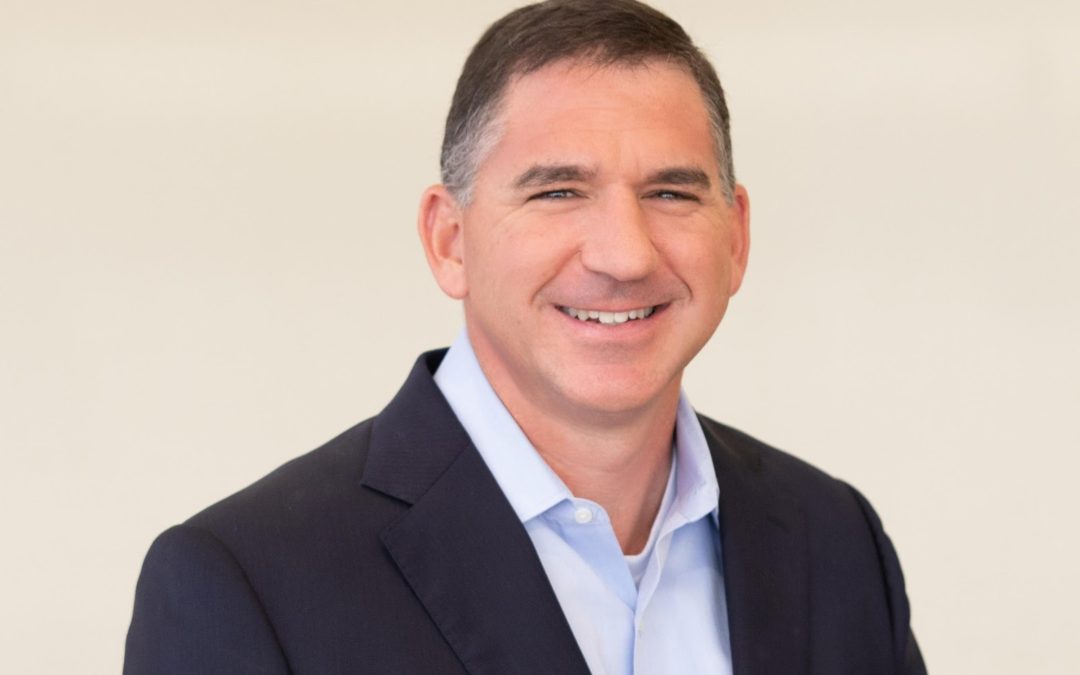Dieffenbacher To Supply Unilin Recycling Plant In October 2024, Unilin and Dieffenbacher announced an agreement to introduce and further commercialize Unilin’s “Osiris” wood fiberboard recycling technology. Under this agreement, Dieffenbacher became the preferred...

GP Shakes Up Operations Leadership
GP Shakes Up Operations Leadership
 Georgia-Pacific has changed its operations leadership. Jeff Koeppel, senior vice president of operations, will retire in the first quarter of 2025. A role he has held since 2016, Koeppel’s been a critical part of the transformation of Georgia-Pacific’s manufacturing operations.
Georgia-Pacific has changed its operations leadership. Jeff Koeppel, senior vice president of operations, will retire in the first quarter of 2025. A role he has held since 2016, Koeppel’s been a critical part of the transformation of Georgia-Pacific’s manufacturing operations.
Hudson Pope, currently senior vice president for manufacturing at Georgia-Pacific, will assume the senior vice president of operations position with responsibility for all manufacturing segments.
Pope brings nearly 30 years of experience in the pulp and paper industry—beginning his career with Georgia-Pacific as a co-op process engineer for the company’s Crossett, Ark. facility. He has grown his career with Georgia-Pacific and several other organizations, assuming consecutive leadership roles in manufacturing, logistics, and operations. In December 2018, Pope was promoted to Georgia-Pacific’s senior vice president, building products operations. In 2023, his role changed to assume responsibility for the company’s packaging and cellulose operations.
Pope holds a B.S. in chemical engineering, with a minor in pulp and paper technology from Auburn University. An active alum, he serves on the board of directors of the Auburn Pulp & Paper Foundation as the executive committee president.
Koeppel will support Pope in making a smooth transition in the coming months.
Latest News
Dieffenbacher To Supply Unilin Recycling Plant
Buddy Douglas Retires From Scotch Plywood
Buddy Douglas Retires From Scotch Plywood After 40 remarkable years in the timber industry, Buddy Douglas has officially retired as Plant Manager of Scotch Plywood. “Over his career, Buddy exemplified dedication, leadership and resilience, especially in the face of...
Roseburg Personnel Changes At Dillard Lumber, Medford MDF, Riddle Plywood
Roseburg Personnel Changes At Dillard Lumber, Medford MDF, Riddle PlywoodRoseburg Forest Products has made key personnel decisions at three of its wood processing facilities in Oregon. Kendrick McBride returns to Dillard Lumber in Roseburg, Ore., to serve as plant...
Find Us On Social
Newsletter
The monthly Panel World Industry Newsletter reaches over 3,000 who represent primary panel production operations.
Subscribe/Renew
Panel World is delivered six times per year to North American and international professionals, who represent primary panel production operations. Subscriptions are FREE to qualified individuals.
Advertise
Complete the online form so we can direct you to the appropriate Sales Representative. Contact us today!


